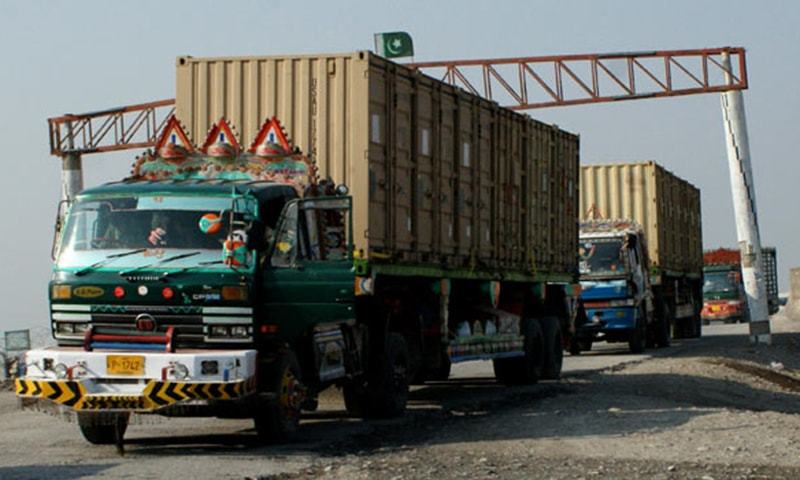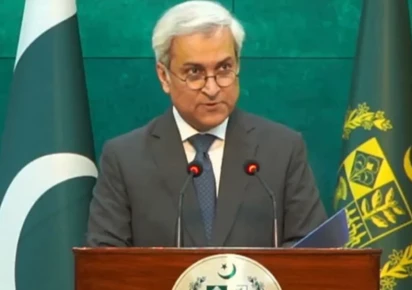By Riaz Hussain
The inflow of overseas workers’ remittances into Pakistan reached $3.4 billion in October 2025, according to the latest data released by the State Bank of Pakistan (SBP) — reflecting a 12% year-on-year increase compared to the same month last year.
On a monthly basis, remittances rose by 7%, up from $3.2 billion in September 2025.
9.3% Increase in First Four Months of FY26:
During the first four months of the current fiscal year (4MFY26), total remittances stood at $12.9 billion, up from $11.9 billion in the corresponding period of FY25 — marking a 9.3% increase.
Economists note that remittances play a vital role in stabilizing Pakistan’s current account, supporting investment, and enhancing household incomes that depend on overseas earnings.Economist Sajjad Ahmed highlighted the growing importance of remittances in maintaining Pakistan’s economic balance.He told
“Remittances are crucial for stabilizing the current account,” he said. “Pakistan’s imports are higher than exports, and foreign reserves remain limited.,,
The inflow from overseas Pakistanis — which rose by nearly PKR 50 crore in the first four months of this fiscal year — helps reduce the current account deficit, stabilize the rupee, and ensure funds for imports.He told.By the end of this fiscal year, remittances could reach $40 billion, which will sustain the momentum of economic growth.”
Prime Minister Shehbaz Sharif thanked overseas Pakistanis for the steady rise in remittances during October.
“The gradual increase in remittances reflects the confidence of overseas Pakistanis in the government’s policies,” he said.
“They are our nation’s most valuable asset.”
Business Analyst’s Perspective
Business Recorder correspondent Tahir Amin attributed the rise in remittances to high domestic inflation and elevated interest rates.
“Inflation in Pakistan remains high, and interest rates are elevated. Many families are sending money home to meet household expenses or to deposit in banks,” he said.
“Additionally, more Pakistanis are moving abroad for employment opportunities, which has contributed to higher remittance inflows.
However, exports have declined by 8%, while the trade deficit has widened.
Most food items are imported, increasing external dependence.
The current account has improved slightly by 0.5%, and economic growth is projected around 3%.”
Government Initiatives and PRI’s Role
To encourage remittances through formal channels, the government has introduced several incentives aimed at sustaining steady inflows and ensuring economic stability.
According to the SBP, the Pakistan Remittance Initiative (PRI) — launched in 2009 — has played a key role in enhancing home remittances through formal financial channels.
The number of financial institutions (FIs) linked to the PRI network has grown from 25 in 2009 to over 50 in 2024, including conventional banks, Islamic banks, microfinance institutions, and exchange companies.
Electronic Money Institutions (EMIs) have also been authorized to receive remittances through banks, while international partners have expanded from around 45 in 2009 to nearly 400 at present.
Country-Wise Breakdown of Remittances (October 2025)
Saudi Arabia: $821 million — up 9% monthly and 7% year-on-year.
United Arab Emirates (UAE): $698 million — up 12% year-on-year (from $621 million).
United Kingdom (UK): $488 million — up 7% monthly and 13% year-on-year.
United States (US): $290 million — down 4% YoY, but up 8% month-on-month.
European Union (EU): $457 million — marking a 27% year-on-year increase.
Economic Outlook
Economists believe the sustained inflow of remittances will help stabilize the Pakistani rupee, support import payments, and boost overall economic growth.
If the current trend continues, total remittances for FY2025–26 could reach $40 billion, providing a strong cushion for Pakistan’s external and fiscal stability.







